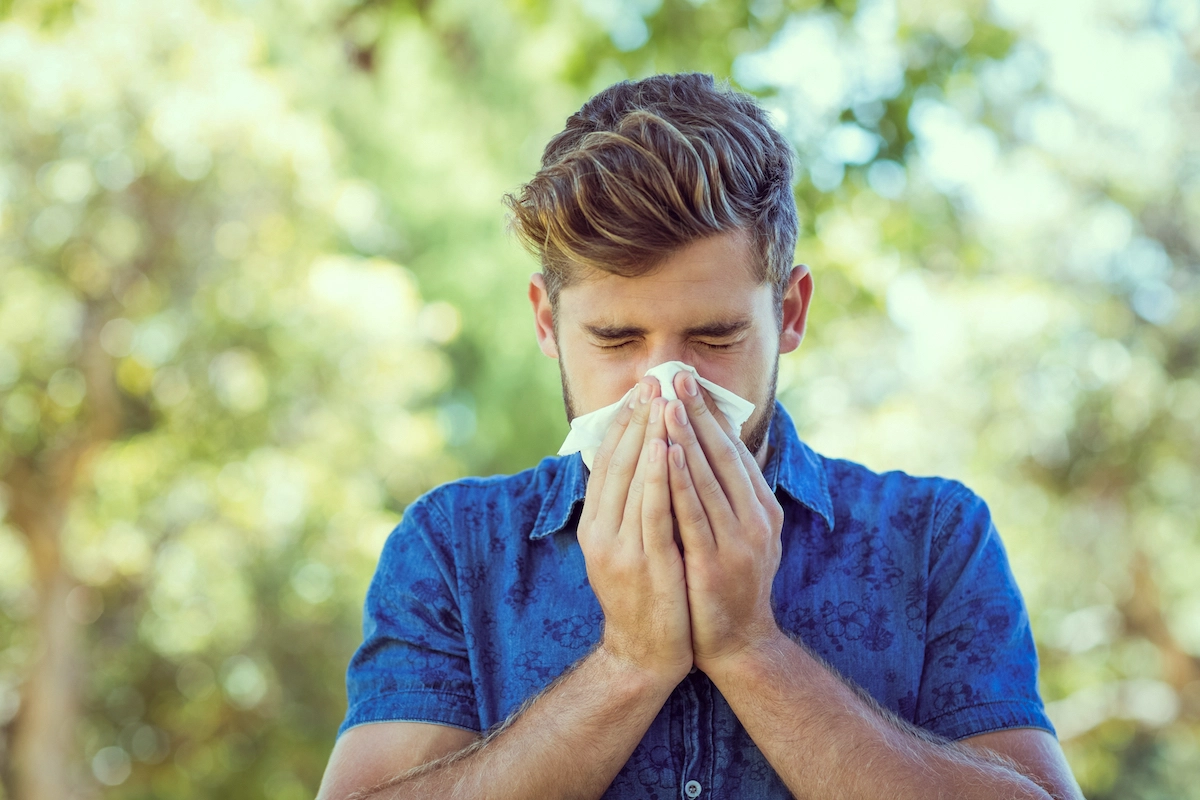
What’s the deal with warm weather sniffles?
In the Lowcountry, people always like to get outside and have some fun. So, what could be more unfair than catching a “warm weather” cold? Is there any way to dodge tropical climate sniffles?
Cold symptoms can be caused by more than 200 different viruses. Each can bring the sneezing, scratchy throat and runny nose that can be the first signs of a cold. Cold weather colds are usually triggered by the most common viral infections in humans, a group of germs called rhinoviruses. Rhinoviruses and a few other cold-causing viruses seem to survive best in cooler weather. Up north, their numbers surge in September and begin to dwindle in May.
In warmer climates, the viral landscape shifts. Generally speaking, warm weather and cold weather colds are caused by different viruses
Enteroviruses can infect the tissues in your nose and throat, eyes, digestive system and elsewhere. A few enteroviruses can cause polio, but vaccines have mostly eliminated these viruses from Western countries. Far more widespread are more than 60 types of non-polio enteroviruses. They’re the second most common type of virus—after rhinovirus—that infects humans. About half of people with enterovirus infections don’t get sick at all.
Enteroviruses can cause a fever that comes on suddenly. Body temperatures may range from 101 to 104 °F. Enteroviruses can also cause mild respiratory symptoms, sore throat, headache, muscle aches and gastrointestinal issues like nausea or vomiting.
All age groups can be affected, but like most viral infections, enterovirus infections predominate in childhood. Adults may be protected from enterovirus infections if they’ve developed antibodies from previous exposures. But adults can still get sick if they encounter a new type of enterovirus.
Less common enteroviruses can cause other symptoms. Some can lead to conjunctivitis, or pinkeye—a swelling of the outer layer of the eye and eyelid. Others can cause an illness with rash. In rare cases, enteroviruses can affect the heart or brain.
To prevent enterovirus infections, it’s all about blocking viral transmission. The viruses travel in respiratory secretions, like saliva or mucus, or in the stool of an infected person. You can become infected by direct contact. Or you might pick up the virus by touching contaminated surfaces or objects, such as a telephone, doorknob, or baby’s diaper. Frequent hand washing and avoiding exposure to people who are sick with fever can help prevent the spread of infection.
Warm weather colds caused by enteroviruses generally clear up without treatment within a few days or even a week. But see a health care provider if you have concerning symptoms, like a high fever or a rash.
Source: https://newsinhealth.nih.gov/2012/06/catching-cold-when-its-warm












